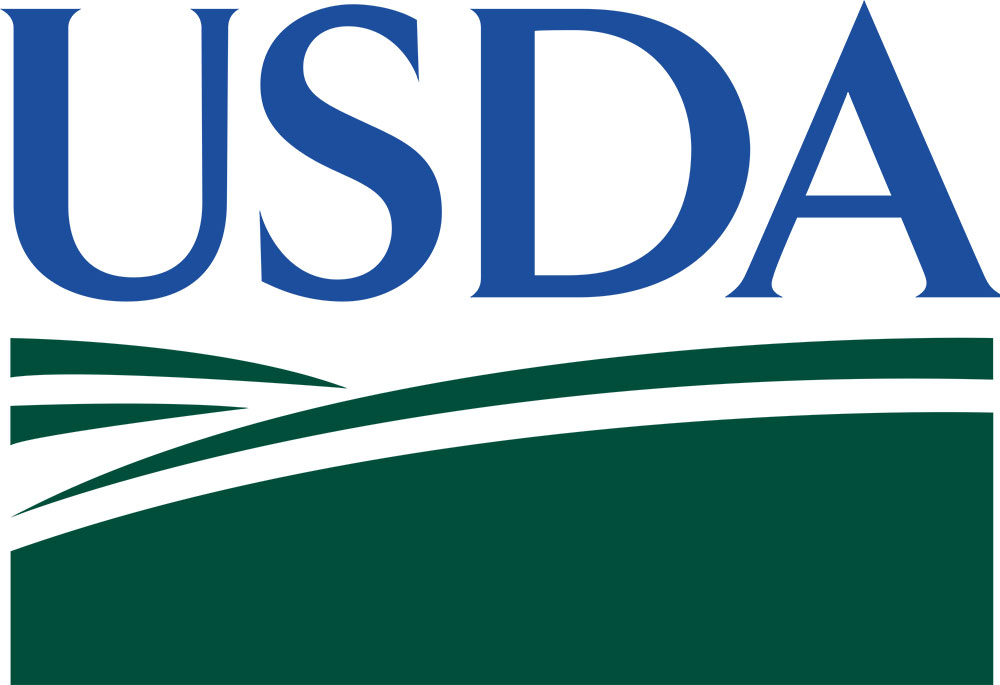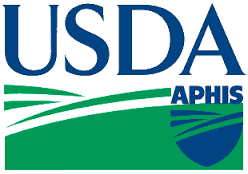
APHIS Issues Epidemiology Report for Avian Influenza Affected Poultry in Tennessee, Alabama, Kentucky, and Georgia
 The United States Department of Agriculture’s Animal and Plant Health Inspection Service (APHIS) is releasing the epidemiology report for affected HPAI and LPAI poultry cases this spring. This kind of analysis helps to identify how the disease spread and how to help prevent it in the future. APHIS has made great strides in HPAI emergency response since the 2014-2015 outbreak. Rapid response times and a 24-hour depopulation goal of confirmed HPAI cases has helped minimize the spread of disease. Vigilant biosecurity practices remains a top priority to protect domestic poultry from the disease.
The United States Department of Agriculture’s Animal and Plant Health Inspection Service (APHIS) is releasing the epidemiology report for affected HPAI and LPAI poultry cases this spring. This kind of analysis helps to identify how the disease spread and how to help prevent it in the future. APHIS has made great strides in HPAI emergency response since the 2014-2015 outbreak. Rapid response times and a 24-hour depopulation goal of confirmed HPAI cases has helped minimize the spread of disease. Vigilant biosecurity practices remains a top priority to protect domestic poultry from the disease.
On March 4, 2017, APHIS’ National Veterinary Services Laboratories (NVSL) confirmed a case of highly pathogenic avian influenza (HPAI) H7N9 on a commercial broiler breeder farm in Tennessee. A second case of HPAI H7N9 in Tennessee was confirmed on March 15, 2017 on another commercial broiler breeder farm. This virus is NOT the same as the China H7N9 virus that emerged in 2013 and impacted poultry and humans in Asia. Additionally, APHIS found H7 low pathogenic avian influenza (LPAI) in six backyard flocks — three in Alabama, two in Tennessee, and one in Kentucky. APHIS also found H7 LPAI in six commercial broiler breeder flocks — one in Tennessee, three in Alabama, one in Kentucky and one in Georgia. Following these avian influenza findings, APHIS joined forces with the affected states and the poultry industry to complete a series of epidemiologic, genetic and wildlife investigations.
In the report, APHIS outlines the findings to date, which include:
- The identification of a closely related 2016 H7N9 LPAI virus in a Blue Wing Teal in Wyoming that was likely a precursor to the 2017 H7N9. The Blue Wing Teal was part of a live-bird banding effort from Wildlife Services wild bird surveillance program.
- Results of genetic analyses determined that all H7N9 viruses detected from this event are of North American wild bird lineage.
- The comparison of the HPAI and LPAI H7N9 viruses showed they are highly similar and therefore likely that the LPAI virus was first introduced into commercial poultry and later mutated to HPAI
- Initial results from wild bird samples on infected premises have not confirmed Influenza A virus (IAV), however there is limited evidence from the samples that some birds may have been previously exposed to it.
- Genetic and epidemiologic evidence suggests the possibility of more than a single introduction of virus from wild birds to commercial poultry with limited lateral spread from farm to farm.
- Risk factors included rodents and wild mammals near barns, housing conditions, and biosecurity protocol breaches that could bring the virus from the environment into the barns.
APHIS will continue to collect and analyze data to help refine our prevention, detection, and response efforts based on the best available science and lessons learned. View the entire June 22, 2017 Report (PDF).
